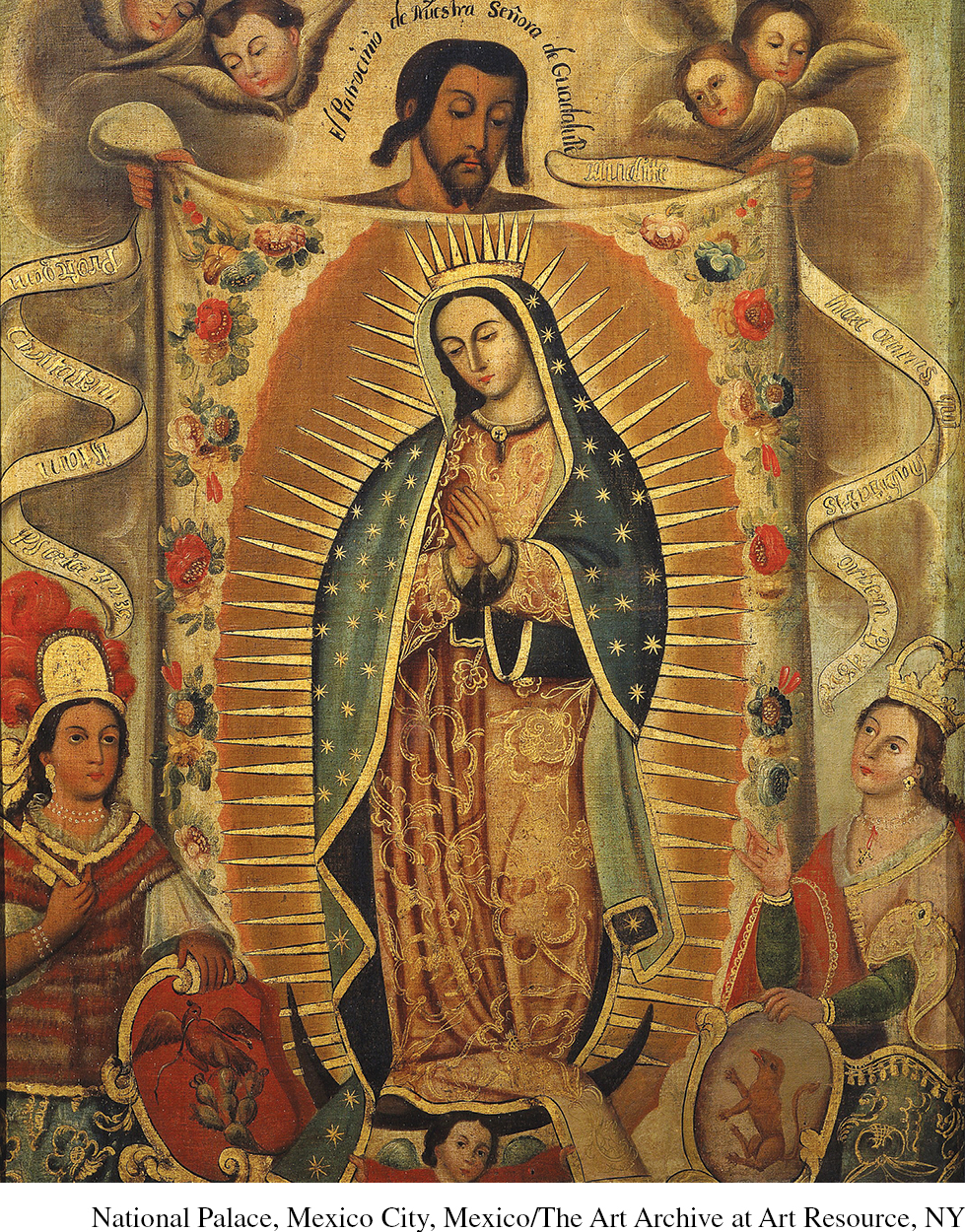Introduction to Chapter 15
CHAPTER 15
Cultural Transformations
Religion and Science
1450–

The Globalization of Christianity
Western Christendom Fragmented: The Protestant Reformation
Christianity Outward Bound
Conversion and Adaptation in Spanish America
An Asian Comparison: China and the Jesuits
Persistence and Change in Afro-Asian Cultural Traditions
Expansion and Renewal in the Islamic World
China: New Directions in an Old Tradition
India: Bridging the Hindu/
A New Way of Thinking: The Birth of Modern Science
The Question of Origins: Why Europe?
Science as Cultural Revolution
Science and Enlightenment
Looking Ahead: Science in the Nineteenth Century and Beyond
European Science beyond the West
Reflections: Cultural Borrowing and Its Hazards
Zooming In: Úrsula de Jesús, an Afro-Peruvian Slave and Christian Visionary
Zooming In: Galileo and the Telescope: Reflecting on Science and Religion
Working with Evidence: Global Christianity in the Early Modern Era
Nigerian pastor Daniel Ajayi-
The early modern era of world history gave birth to two intersecting cultural trends that continue to play out in the twenty-
And so, alongside new empires and new patterns of commerce, the early modern centuries also witnessed novel cultural transformations that likewise connected distant peoples. Riding the currents of European empire building and commercial expansion, Christianity was established solidly in the Americas and the Philippines; far more modestly in Siberia, China, Japan, and India; and hardly at all within the vast and still-
Although Europeans were central players in the globalization of Christianity and the emergence of modern science, they did not act alone in the cultural transformations of the early modern era. Asian, African, and Native American peoples largely determined how Christianity would be accepted, rejected, or transformed as it entered new cultural environments. Science emerged within an international and not simply a European context, and it met varying receptions in different parts of the world. Islam continued a long pattern of religious expansion and renewal, even as Christianity began to compete with it as a world religion. Buddhism maintained its hold in much of East Asia, as did Hinduism in South Asia and numerous smaller-
| A MAP OF TIME | |
|---|---|
| 1453 | Ottoman conquest of Constantinople |
| 1469– |
Life of Guru Nanak; beginning of Sikh tradition |
| 1472– |
Life of Wang Yangming in China |
| 1498– |
Life of Mirabai, bhakti poet of India |
| 1517 | Luther’s Ninety- |
| 1543 | Publication of Copernicus’s masterwork about a sun- |
| 1545– |
Council of Trent |
| 1560s | Taki Onqoy movement in Peru |
| 1582– |
Matteo Ricci in China |
| 1598 | Edict of Nantes proclaiming religious toleration in France |
| Early 17th century | European missionaries expelled from Japan |
| 1618– |
Thirty Years’ War in Europe |
| 1642– |
Life of Isaac Newton; culmination of European Scientific Revolution |
| 18th century | European Enlightenment |
| Early 18th century | Missionaries lost favor in the Chinese court |
| 1740– |
Wahhabi movement of Islamic reform in Arabia |
SEEKING THE MAIN POINT
To what extent did the cultural changes of the early modern world derive from cross-